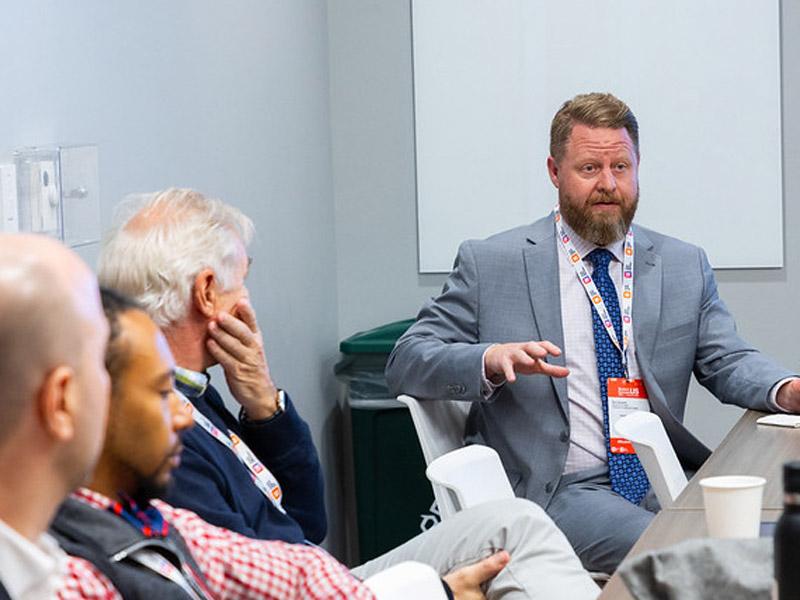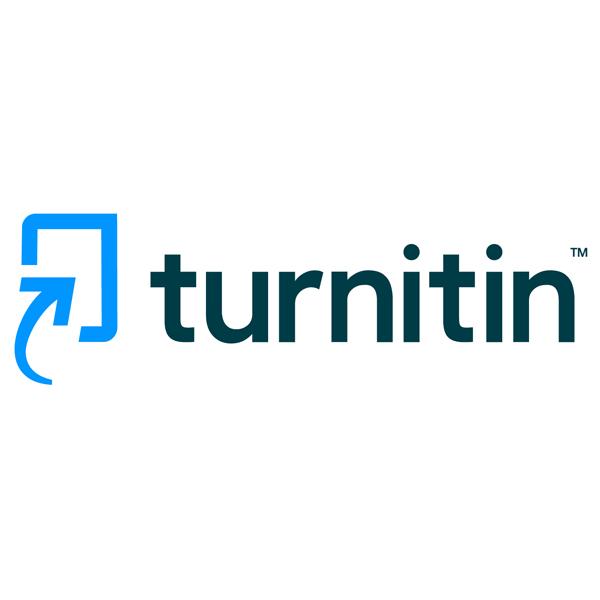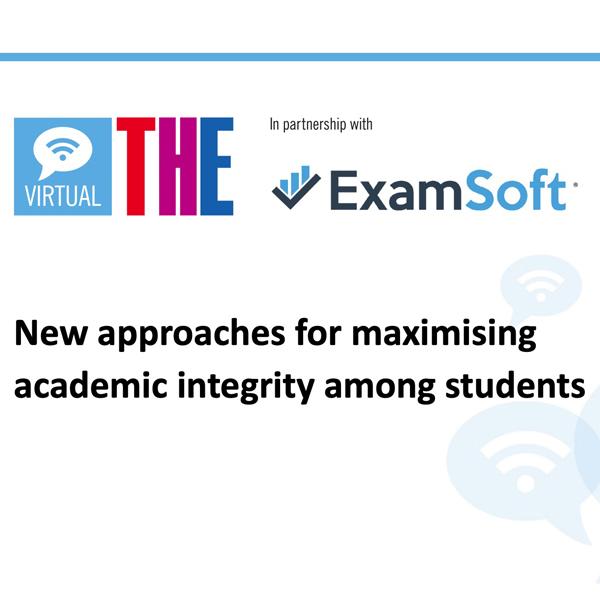
Shaping the future of higher education using AI


Turnitin
Learn how Turnitin empowers educators with insights and sets students up for success
Despite the popularity of generative AI tools among students, there is still a wide spectrum of acceptance among institutions and within academic communities. At a round-table discussion, held in partnership with Turnitin at the 2024 91«—◊” Student Success US event, participants shared the challenges they‚Äôve faced in establishing acceptable uses of AI while keeping in mind the future needs of employers.
A recurring concern was the chasm between faculty’s skills and perceptions of AI and the fact that students are using AI tools frequently in their day-to-day lives. “We have lots of educators who are excited about it but others who are worried about ethics. Trying to balance that is our biggest challenge,” said Munevver Mine Subasi, associate provost for academic affairs at the Florida Institute of Technology. This makes developing guidelines around the use of AI difficult because it will depend on the nature of each project, she said. In some departments, teaching staff are restricting its use altogether.
Jason Mastrogiovanni, director of academic and student success at the Hamilton Center for Classical and Civic Education at the University of Florida, echoed this point. “Our Center for Teaching Excellence is showcasing some innovative uses of AI in classrooms, such as a bot that helps law students help jurors,” he said. “But some units are more averse. Students are receptive and excited about AI – it’s inevitable they will use it so we need to work out how to move forward.”
Colin Pears, chief retention officer at the University of New England, likened policymaking around AI to the Wild West. “In some areas, we’re ahead in terms of providing guidance,” he said. “But we also have rooms of people who have a very low understanding of what AI is, let alone what it can do.”
St. Mary’s University in Texas has created an AI working group where faculty can share their findings or ask questions. But there isn’t a uniform statement about AI use across the campus, explained Lindsey Kowalik, senior director of the university’s career centre. This means some academics shy away from using it altogether and others use it with little guidance or oversight. The working group is also consulting with employers on what they want from future recruits: “From an industry point of view, these are the skills students need when applying for jobs – they’re not going to be competitive if they can’t generate a good prompt,” Kowalik said.
At Worcester Polytechnic Institute, faculty were invited to a microcourse to experiment with AI. “We looked at how it can enhance pedagogy and also develop AI courses. We have a small group who have trained in this at the moment, but we hope we can get it out to more people in departments who can then run sessions, reaching as many faculty as possible,” explained Arne Gericke, interim dean of undergraduate studies at the institute.
Patti West-Smith, senior director of customer engagement at Turnitin, said there was no single right answer to the AI policy conundrum, particularly in institutions that are already dealing with the fallout of the pandemic and the rapid switch to hybrid and digital learning. She said: “At the end of the day we want to prepare students for what’s coming next. Trying to keep these tools out of their hands is not doing that.”
about Turnitin.
